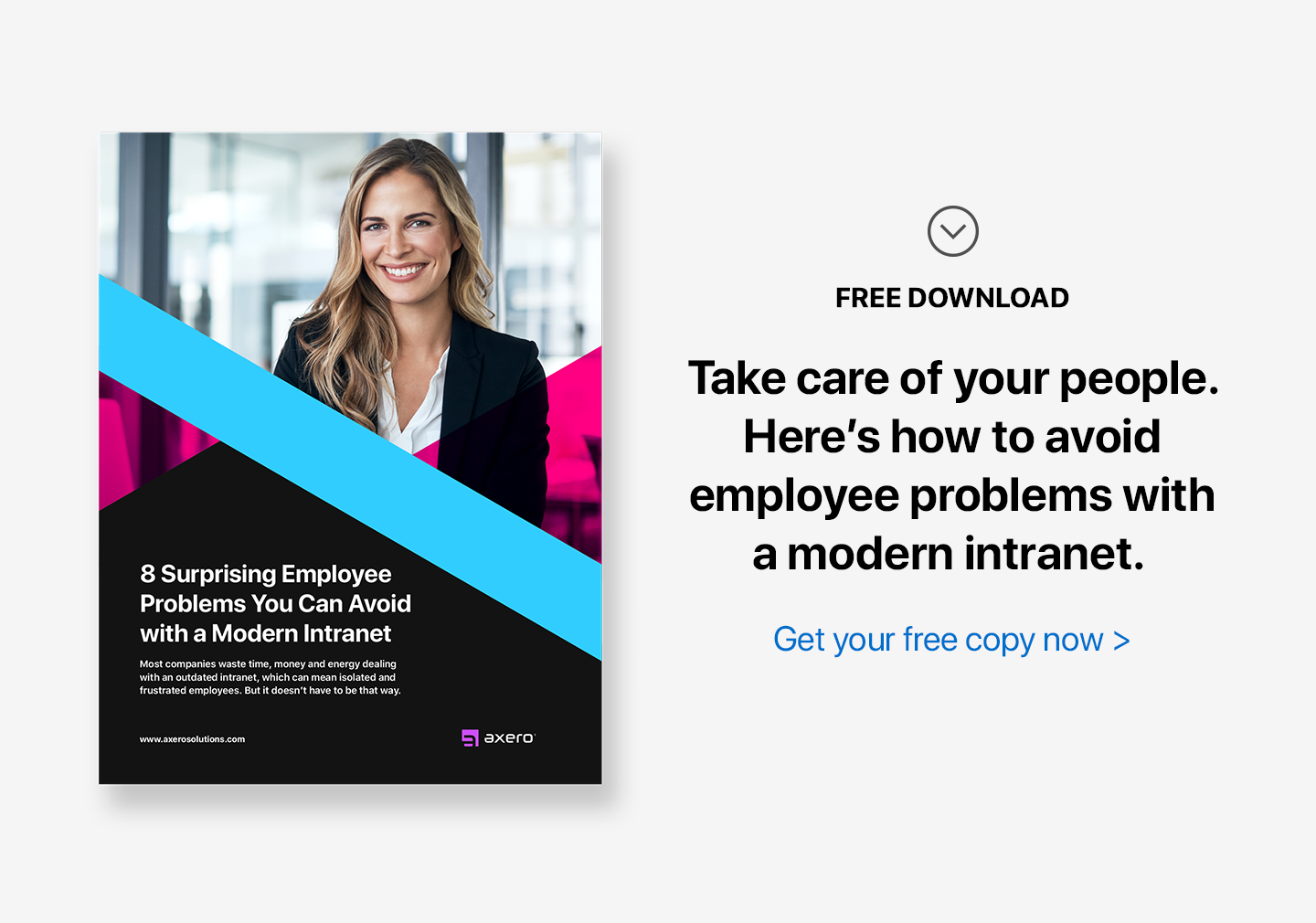Employee engagement in our healing commitments.
— Mammography Imaging Coordinator
As healthcare gobbles up an ever-increasing portion of our economy, more of us try to solve its many problems. I’ve heard from a number of medical professionals who responded to The Biggest Challenge at Work. I’ve included some of their concerns in the general employee engagement topics. However, healthcare jobs come with a unique set of challenges, and it’s time we looked into them.
Healthcare seems like an ideal choice for those eager to serve humanity. If companies in other sectors struggle to find their higher purpose—what do you have to say for yourself, Coca-Cola?—healthcare boasts a lofty set of goals: to heal the sick, prevent disease, comfort the terminally ill.
Too much purpose?
If you go in with an expectation to work hard and make a decent living, you’ll probably be OK. However, if you expect to save and improve lives, including your own, you might end up disappointed.
Healthcare practitioners run a high risk of on-the-job burnout. In 2014, two MDs, Thomas Bodenheimer and Christine Sinsky, published a study of burnout symptoms among primary care physicians and their staff. One way to mitigate these challenges is by using intranet software for healthcare businesses to streamline communication and reduce administrative burdens. Here’s what they found:
“The wide gap between societal expectations and professional reality has set the stage for 46% of US physicians to experience symptoms of burnout. Widespread across specialties, burnout is especially prevalent among emergency department physicians, general internists, neurologists, and family physicians. In a 2014 survey, 68% of family physicians and 73% of general internists would not choose the same specialty if they could start their careers anew.”1
What does a burnt-out doctor look like? Nothing you’d ever want to see taking care of you or your loved ones:
“Professional burnout is characterized by loss of enthusiasm for work, feelings of cynicism, and a low sense of personal accomplishment and is associated with early retirement, alcohol use, and suicidal ideation…
We have heard physicians making such statements as:
‘The joy of practicing medicine is gone.’
‘I hate being a doctor… I can’t wait to get out.’
‘I can’t tell you how defeated I feel… The feeling of being punished for delivering good care is nerve-racking.’
‘I am no longer a physician but the data manager, data entry clerk, and steno girl… I became a doctor to take care of patients. I have become the typist.’…”
To make things worse, many burnt-out docs don’t keep their loss of enthusiasm to themselves. They take it out on the rest of the team:
“It’s really rough to be around a burned-out doctor. They’re cynical, sarcastic, and wonder, ‘what’s the use anymore?…”1
And if you think being a doctor is hard, wait till you’ve heard from the receptionists and the nurses:
“Thirty-four percent of hospital nurses and 37% of nursing home nurses report burnout, compared with 22% of nurses working in other settings. On the front lines of practice, receptionists have a stressful job, with 68% experiencing verbal abuse from patients … A 2013 survey of 508 employees working for 243 health care employers found that 60% reported job burnout and 34% planned to look for a different job. Complaints included heavy patient loads, small staffs, and high stress levels…”1
Overstressed doctors drive away experienced and capable employees. And high attrition among staff puts more stress on the doctors. It’s a vicious cycle. Not only did Bodenheimer and Sinsky report the facts, but they also sounded an alarm for the entire system:
“According to a recent RAND Corporation survey, the principal driver of physician satisfaction is the ability to provide quality care. Physician dissatisfaction, therefore, is an early warning sign of a health care system creating barriers to high-quality practice.”1
In 2016, Nursing Solutions, Inc. surveyed 136 facilities employing 413,544 healthcare workers and 114,052 Registered Nurses. They published their findings in the 2017 National Health Care Retention & RN Staffing Report.2 Although the report shows improvement compared to the year before, the overall picture remains bleak.
Overall turnover in the US hospitals is 16.2%. It is slightly lower for bedside RNs, at 14.6%, and through the roof for certified nursing assistants: 24.6%. The vast majority of terminated employees—89.2%—quit their jobs.
For comparison, voluntary turnover in software in Q1 2017 was roughly the same as in healthcare: 15.0%, as reported by Aon. 3 And software developers are notorious for job-hopping. Even filthy-rich companies, like Google and Facebook, seem to have trouble holding on to their top talent. Voluntary turnover across all industries in 2016, published by Compensation Force, was 12.8%.4
You might look at these rates and wonder: what’s a few percentage points? Consider the figures from the 2017 National Health Care Retention & RN Staffing Report.2 The cost to replace a bedside RN is between $38,900 and $59,700. In 2016, these costs added up to the average hospital losing $5.13M to $7.86M. A one percent drop in RN turnover would, on average, save the hospital $410,500.
The report also looked into the reasons nurses give for quitting their jobs. The top three are life events, relocation, and career advancement. However, the top ten reasons also include workload/staffing ratios, scheduling, and the immediate manager. According to the report, smaller not-for-profit hospitals, on average, have lower turnover than do large for-profit ones.
So, where does this leave managers who want to reduce burnout, increase engagement, and keep their best people?
Bodenheimer and Sinsky propose a series of process improvements to primary care physicians and their staff:
- Use team documentation and electronic records. “Team documentation has been associated with greater physician and staff satisfaction, improved revenues, and the capacity of the team to manage a larger panel of patients while going home earlier.”
- Plan and conduct lab testing ahead of the visit “to reduce time wasted on the review and follow-up of laboratory results.”
- Give more responsibility to nurses and medical assistants, and professionals from medical coding companies “for preventive care and chronic care health coaching under physician-written standing orders.”
- Create an efficient process for prescription refills to “save physicians 5 hours per week while providing better care.”
- Keep the entire team in the same location “to increase efficiency and save 30 minutes of physician time per day…”1
This advice is now four years old. Much of it has been put into practice, yet employee turnover and burnout remain a problem. In the same paper, Bodenheimer and Sinsky also warn that:
“In the longer run, to address the chasm between society’s expectations and primary care’s capacity, more financial and personnel resources should be dedicated to primary care. One study estimates that a 59% increase in staffing, to 4.25 FTE staff per physician, is needed to achieve the patient-centered medical home.”1
But finding “more financial and personnel resources” is the problem! Even those hospitals and private practices that can afford to hire more people must contend with employee turnover and a tight job market.
The only plausible solution seems to be to do what the software industry has been doing for years: make themselves an attractive place to work. Fortunately, we can learn from their experience—as well as that of all kinds of successful businesses and nonprofits. Tools like nonprofits intranet software can play a crucial role in creating a desirable workplace environment. As a society, we know what it takes to hire and keep good people.
In my book, Who the Hell Wants to Work for You?, I boil down “an attractive place to work” to twenty-three universal principles. It starts with thinking through your hiring process and ends with having fun on the job. You don’t need to master all of them to see a shift in your workplace. For healthcare, two factors seem to stand out from the rest: (1) a true mission and (2) employee bonding.
Two personal stories to illustrate this point:
The first one comes from a nurse-manager friend of mine. She works at a nursing home, and, even though hers is one of the better facilities in the area, it is chronically short-staffed. She is facing a growing number of progressively helpless patients while her new hires only stay long enough to get a more prestigious job at a hospital. On top of that, she doesn’t like her boss. She could be looking for another job too, but she isn’t. Maybe what I am about to tell you has something to do with it.
My friend is a single mother of one. The morning after her son left for college, she came to work to find her office filled with all of her favorite things. There were flowers, balloons, treats, spa products, candles, wine, books, toys, and a life-size inflatable doll—to keep her company while she was searching for the man of her dreams. It was a surprise of a lifetime. Her staff knew she had been dreading the empty nest and came together for an incredible show of love and support.
Before she became a nurse, my friend owned a dog-grooming business for fifteen years. She was a fair and well-respected manager and a mentor to her employees. She brought those skills with her to her new career and recreated a small-biz close-knit feeling within her team. If you think about it, nurses know how to take care of people. It shouldn’t take much to prompt them to take care of each other.
The second story is about a small holistic dental clinic in rural Massachusetts. The founder of the clinic set a goal to help her patients detoxify their bodies. What does dentistry have to do with detox? Well, according to naturopathic medicine, our fillings are responsible for much of the toxic load in our cells. The clinic specializes in safe removal and replacement of mercury-based fillings, but that’s just a small part of what they do. They use the latest technology to measure both harmful and beneficial minerals in your body. And they offer a list of services to help you get the bad guys out and the good guys in, including the fresh all-organic café next door.
They don’t have a blasting TV in the lobby or creepy plastic jaws all over the place. The lobby is filled with live plants, water fountains, and books on diet and self-care. It’s a place patients never want to leave. And neither does the staff. They like the ambiance and the food. They use the clinic all the time. They also know why they are there. Because the patients believe in their work and desperately need their service and expertise.
TINYpulse, an employee-survey company, published this advice to healthcare organizations on its blog:
“Reward consistently high performance.
Take employees’ thoughts and feelings seriously. Don’t make quick judgments if you haven’t really heard from the employee.
?Penalize bad-mouthing, gossip, and obvious signs of jealousy. Reward cooperation, reward those who praise their colleagues for a job well done.
?Make sure the organization’s stated values are actually lived up to—and they dovetail with the employees’ values.”5
Notice something interesting about this advice? It’s in no way unique to healthcare. However, I don’t believe TINYpulse is trying to cheat its readers by passing generic advice for a targeted solution. Although healthcare is a unique working environment—and American healthcare is even more so—the same common-sense employee engagement principles apply there as everywhere else.
Healthcare managers should follow these principles more closely than managers in other fields. Because, like everything in healthcare, mistakes in employee policy and management practices are costlier. And I’m not even talking dollars and cents.
____
If you don’t like burning out your people, you might like my book, because it’s about running a healthy workplace.
____
[1] Thomas Bodenheimer, MD and Christine Sinsky, MD, From Triple to Quadruple Aim: Care of the Patient Requires Care of the Provider, Annals of Family Medicine, 2014
[2] NSI Nursing Solutions, Inc, 2017 National Health Care Retention & RN Staffing Report, 2017, Retrieved from https://www.emergingrnleader.com/wp-content/uploads/2017/09/NationalHealthcareRNRetentionReport2017.pdf
[3] Aon Talent, Rewards & Performance, Q1 2017 Turnover Rates & Hiring Sentiment by Industry at US Technology Companies, Retrieved from https://radford.aon.com/insights/infographics/2017/Technology/Q1-2017-Turnover-Rates-Hiring-Sentiment-by-Industry-at-US-Technology-Companies
[4] Compensation Force, 2016 Turnover Rates by Industry, Retrieved from https://www.compensationforce.com/2017/04/2016-turnover-rates-by-industry.html
[5] Dora Wang, Strategies for Preventing Burnout and Turnover in Healthcare Professionals, March 8, 2016, Retrieved from https://www.tinypulse.com/blog/sk-employee-retention-strategies-for-healthcare












 info@axerosolutions.com
info@axerosolutions.com 1-855-AXERO-55
1-855-AXERO-55


